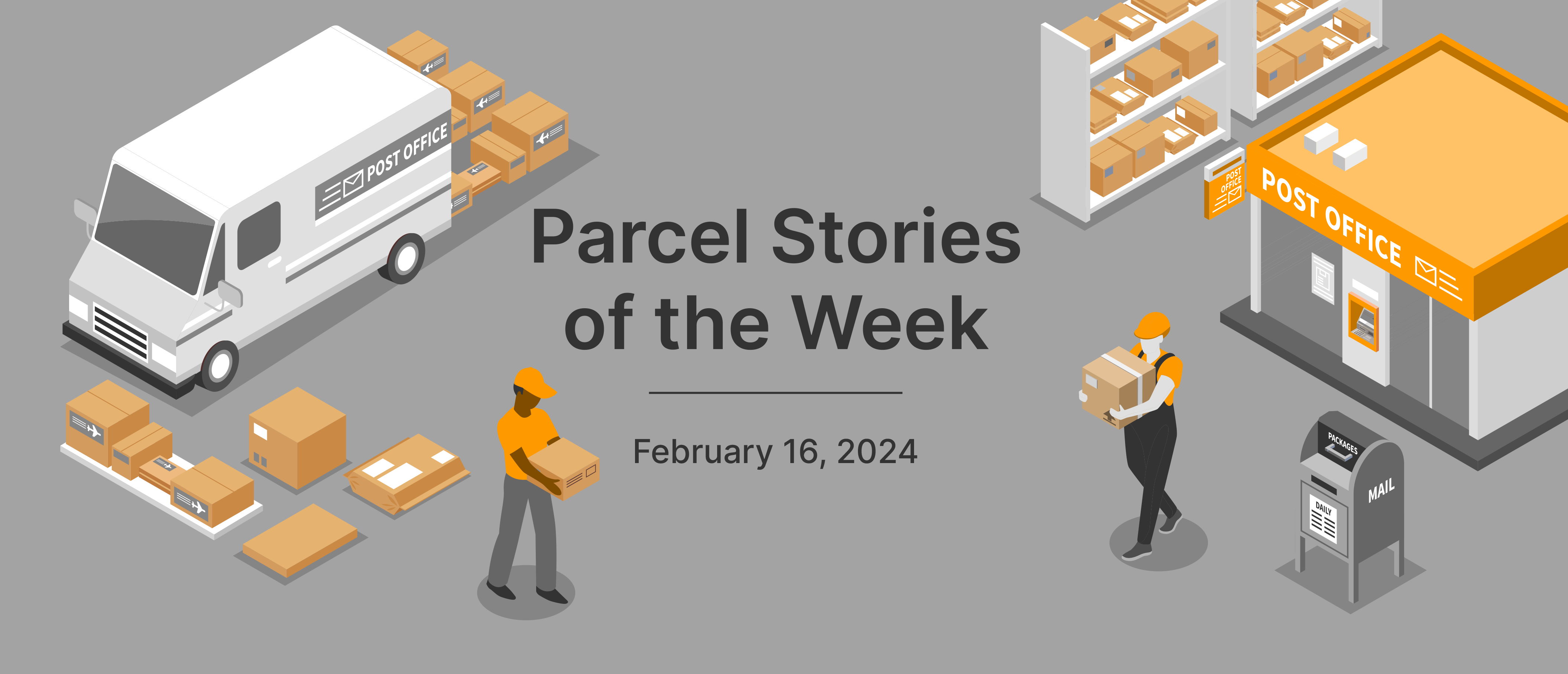This week in parcel, the U.S. Postal Service reports a gain in package shipping volume, FedEx reveals customers’ preferred return option, and shippers start thinking about 2024 peak season returns.
The U.S. Postal Service sees gains in package shipping volume
The U.S. Postal Service reported a 5.1% volume increase in its Shipping and Packages category, which translated to a 2.7% increase in revenue.
This category was the USPS’s only category to increase in revenue and volume. The growth is a positive sign for the agency, especially considering other carriers’ struggle with demand.
It also reported that its Ground Advantage service has seen wide adoption since hitting the market in July. The USPS consolidated three services to create Ground Advantage, which competes with FedEx and UPS.
The service handled over 600 million packages and brought in over $3 billion in revenue during its second quarter, which ended at the end of December.
Our take: The USPS’s success with Ground Advantage is just one more competitive pressure on FedEx and UPS. Parcel shippers should consider the service for themselves if they have not already to determine if this Ground “alternative” fits their needs.
Read more here.
No-label/no-box is the preferred return option
FedEx surveyed over 1100 customers and 500 shippers during the week of Christmas to determine their preferences for shipping returns.
The data revealed that most customers prefer no-box/no-label returns. The vice president of commercialization, Ryan P. Kelly, noted that fewer customers have printers and packaging materials than they did in the past, and the no-box/no-label option is a more convenient option for them.
Customers find the no-label/no-box option more convenient, easier, and less stressful. They are also more comfortable taking returns to a FedEx location or the store they bought a product from than shipping them from their homes.
The study found younger or more affluent customers were most familiar with the process.
Our take: With returns a constant business challenge for online retailers, companies should read the full report linked from this FedEx blog post. It offers insights into buyers’ thinking and wants from retailers when it comes to returns.
The post-holiday returns season is over. It’s time to start planning for next year’s rush
The post-holiday returns season hasn’t been getting any easier for shippers. From 2015 until 2022, the value of returned items tripled. According to one provider of returns solutions, it costs $30 to process a $100 return.
Despite the expense, companies can’t eliminate or tighten their returns policy because the customers who make returns tend to be repeat loyal customers.
Still, there are ways to mitigate the costs of returns. Inbound Logistics presents five tips, including enhancing product descriptions and reducing returns or choosing a no-label/no-box option to make the returns process easier.
Our take: With post-holiday returns subsided, now is the time to create a more stable and cost-efficient returns process for the 2024 peak season (which will be here before we know it).
Read more here.


